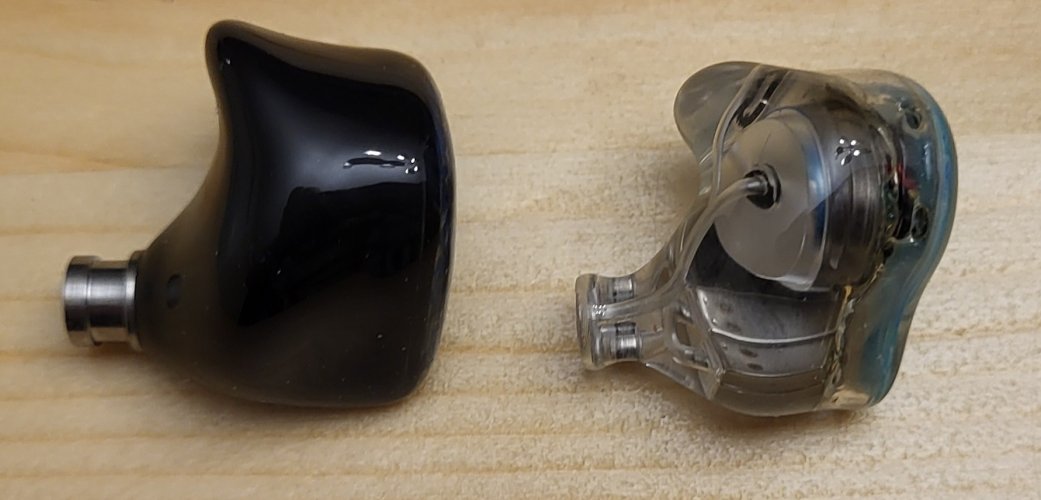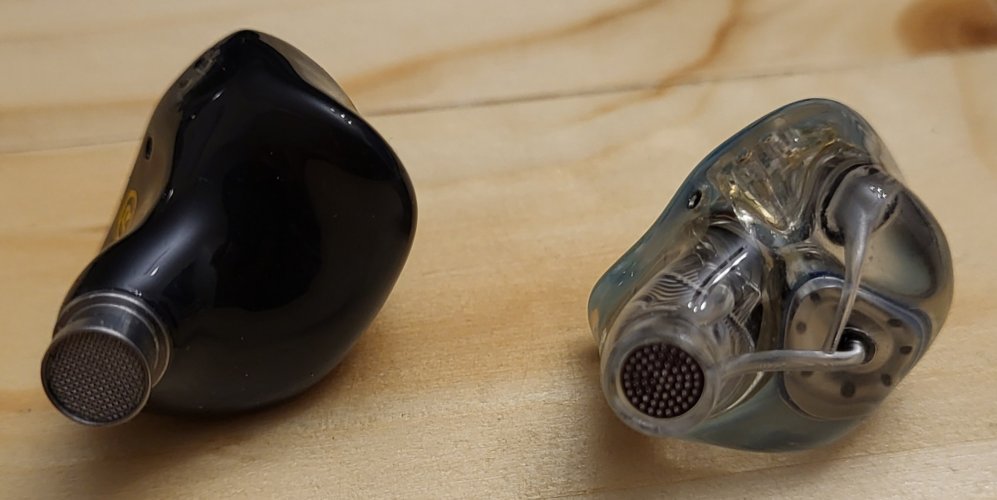DynamicEars
Headphoneus Supremus
- Joined
- Jan 5, 2019
- Posts
- 4,326
- Likes
- 17,372
My take here:
BA Timbre: for treble BAs, it is actually a resonance of the some portions of the treble that settles into some standading waves that can be louder than the fundamental frequencies. IMO it is often mislead by the measurable peaks on graphs. Those peaks usually causes a 'sharpened', piercing sound instead. BA timbre can actually be somewhat removed by carefully disturbing and prohibiting the resonance so this part is not related to decay. For other BAs, it is mostly related to the decay speed but should not be mixed up with treble BA timbre. Also, BAs are almost necessarily crossed that can result in higher degree of total harmonic distortion, which can exeggerate treble BA timbre.
Plastic timbre: it is mostly due to the absorption of the energy and the resultant smearing and clipping of the sound due to the material of the wave guide and the shell. This is why some IEMs with plastic shells are fitted with metallic nozzles. DDs suffers a lot more from plastic resonance than BAs as DDs rely on the resonance with the shell to give the final sound.
Metallic timbre: it is often associated with measurable peaks, simply it is just the sound being too sharp and peaky at certain resonance frequencies relative to other frequencies.
And what caused that sharp & peaky is bad dampening system (aside from driver quality)







































 Please ignore my notepad and my bad hand writing in the images lol.
Please ignore my notepad and my bad hand writing in the images lol.
